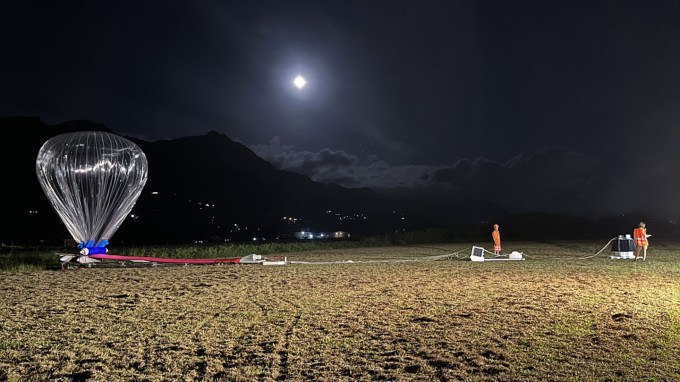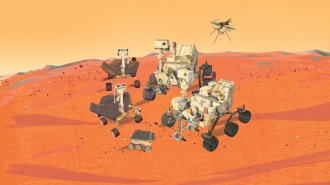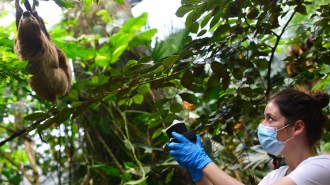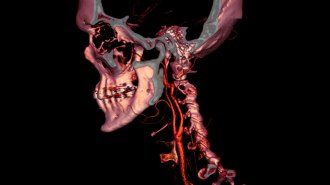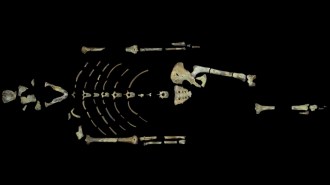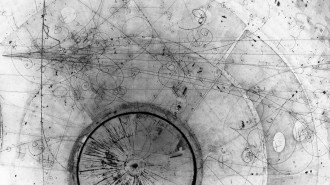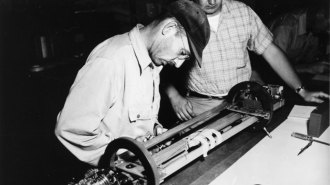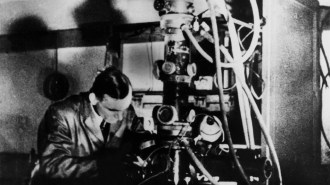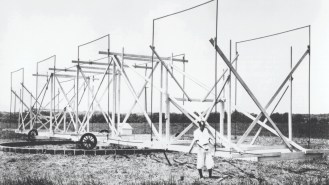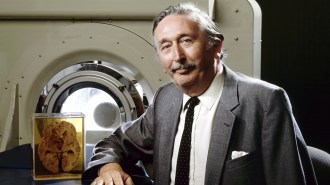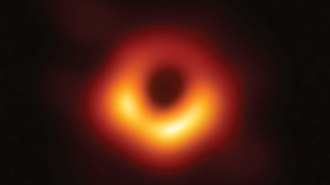
SEBASTIAN KAULITZKI/Science Photo Library/Getty Images, adapted by E. Otwell
Summary
Every now and then in science, a brand-new area of research opens up. A tool, technique or discovery offers a trove of fresh data previously inaccessible, or even unknown. All of a sudden — relatively speaking — scientists are clamoring to observe the world in a way they couldn’t before. Questions that had lingered unaddressed can finally be exploited for Ph.D. dissertations. New questions appear that scientists hadn’t thought to ask.
This collection highlights technological and intellectual developments that invited scientists into new realms. The birth of radio astronomy decades ago, and the more recent detection of gravitational waves, offered new ways of seeing the vast cosmos. Advanced microscopes revealed the minuscule, from the innards of cells to the atomic structure of materials. In some cases, scientists remain passive observers. But other advances, such as optogenetics or CRISPR gene editing, give the scientists a novel superpower, inviting them not only to enter new worlds but also manipulate nature as a way of wrestling with its secrets.
Spotlights
How balloons could one day detect quakes on Venus
A new study opens the door for future balloon-based missions to study the geology of other worlds.
How Mars rovers have evolved in 25 years of exploring the Red Planet
Over 25 years, remotely controlled rovers have uncovered Mars’ watery history and continue to search for evidence that life once existed there.
Scientists vacuumed animal DNA out of thin air for the first time
The ability to sniff out animals’ airborne genetic material has been on researchers’ wish list for over a decade.
‘Blastoids’ made of stem cells offer a new way to study fertility
Newly created “blastoids” could help with research on nonhormonal contraceptives and fertility treatments.
These are the viruses that mRNA vaccines may take on next
Now that mRNA vaccines have proved effective against the coronavirus, scientists are taking aim at influenza, HIV and other viruses.
For 50 years, CT scans have saved lives, revealed beauty and more
In 1971, the first CT scan of a patient laid bare the human brain. That was just the beginning of a whole new way to view human anatomy.
Radiometric dating puts pieces of the past in context. Here’s how
Carbon dating and other techniques answer essential questions about human history, our planet and the solar system.
How radio astronomy put new eyes on the cosmos
A century ago, radio astronomy didn’t exist. But since the 1930s, it has uncovered cosmic secrets from planets next door and the faint glow of the universe’s beginnings.
How particle detectors capture matter’s hidden, beautiful reality
Old and new detectors trace the whirling paths of subatomic particles.
A WWII submarine-hunting device helped prove the theory of plate tectonics
With a boost from World War II, the fluxgate magnetometer became a portable and invaluable tool.
Controlling nerve cells with light opened new ways to study the brain
A method called optogenetics offers insights into memory, perception and addiction.
How scientists took the first picture of a black hole
Here’s how scientists connected eight observatories across the world to create one Earth-sized telescope in order to create an image of a black hole.
